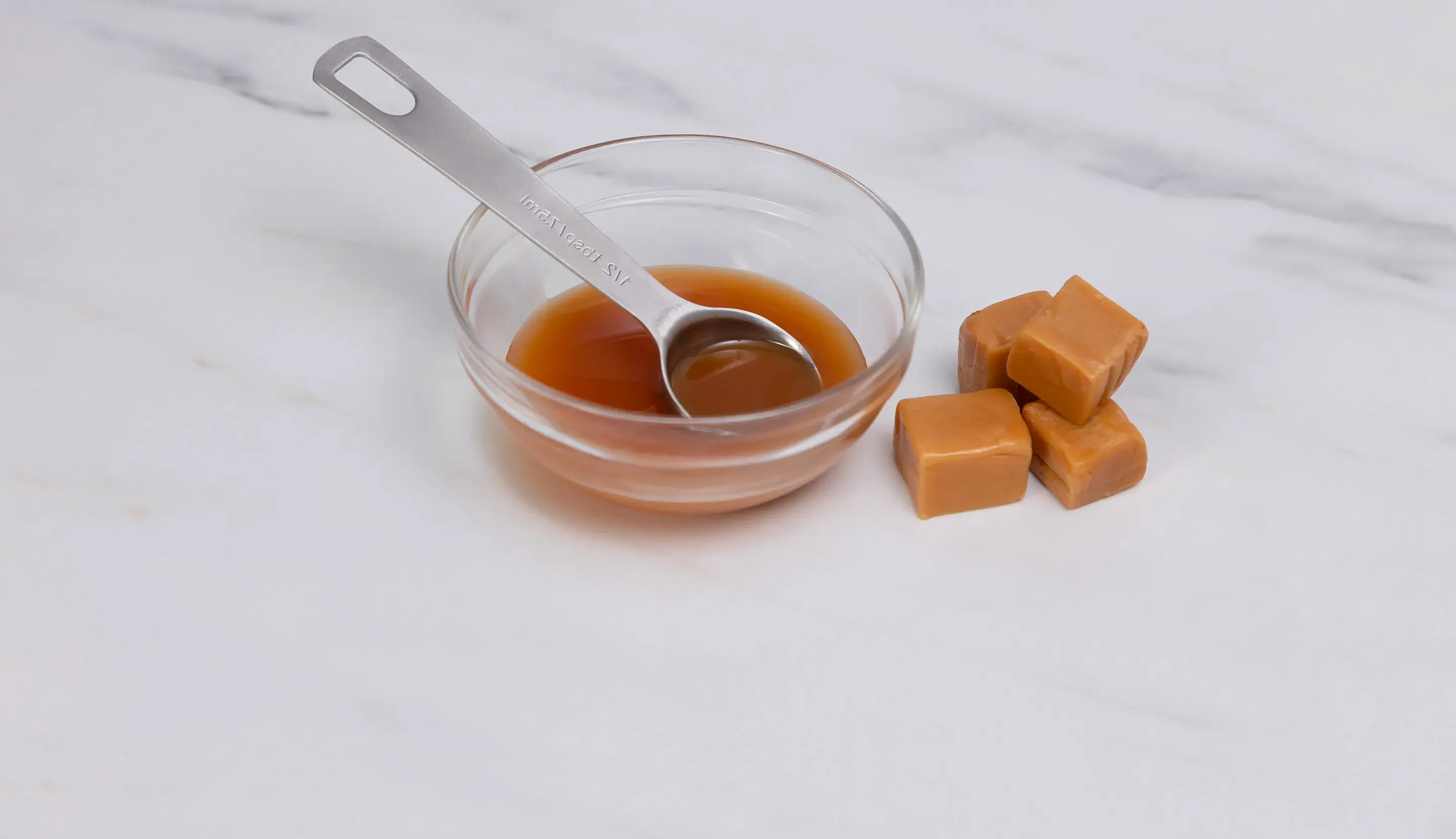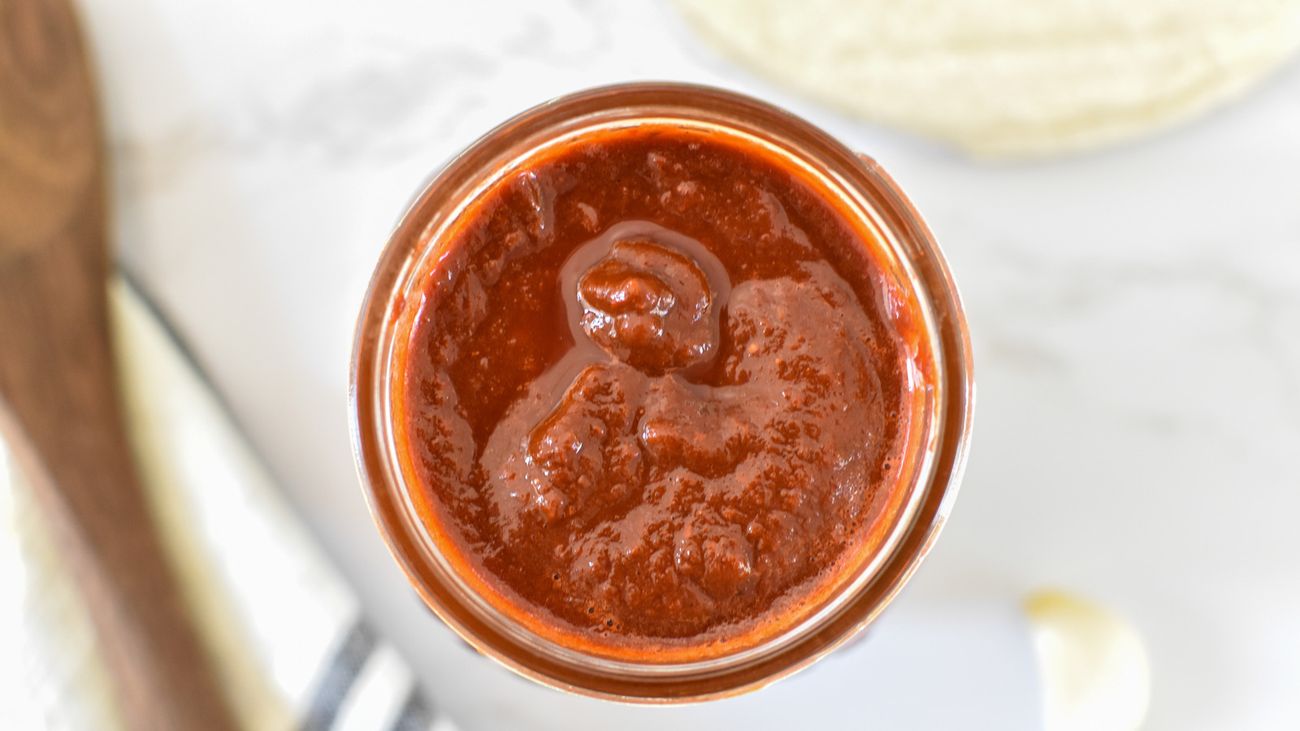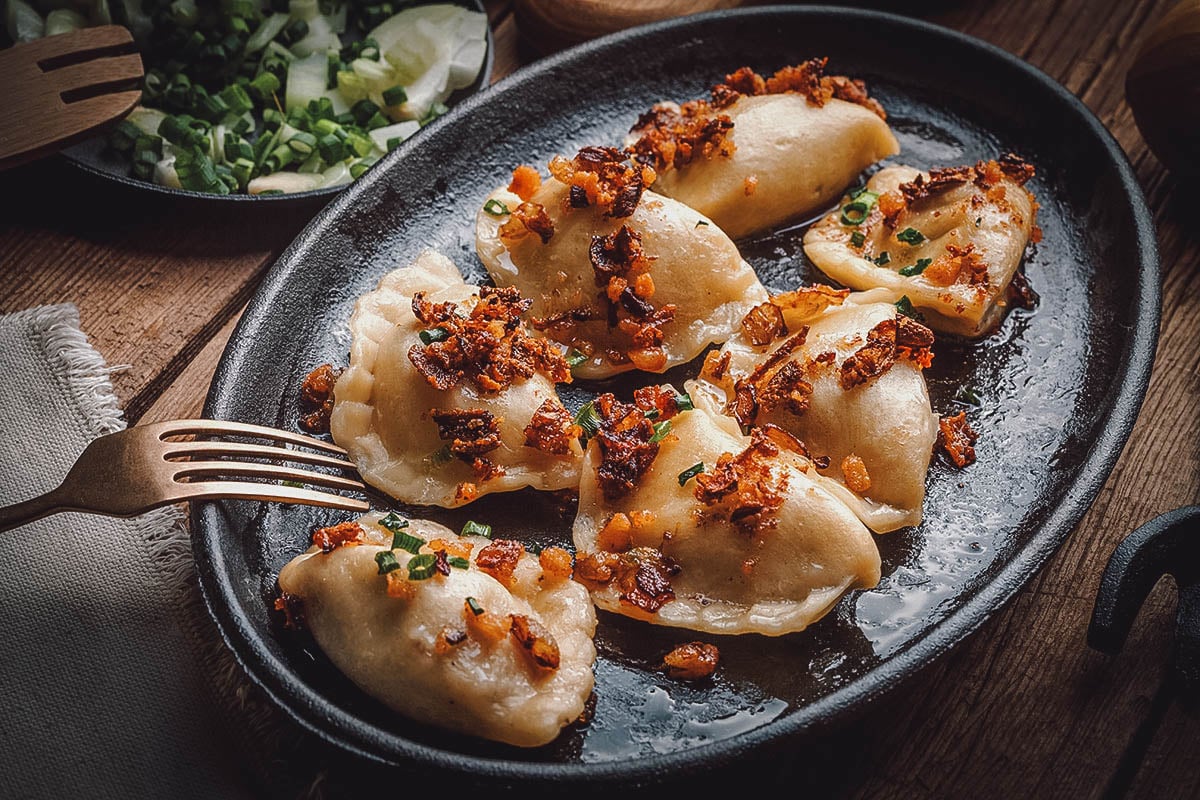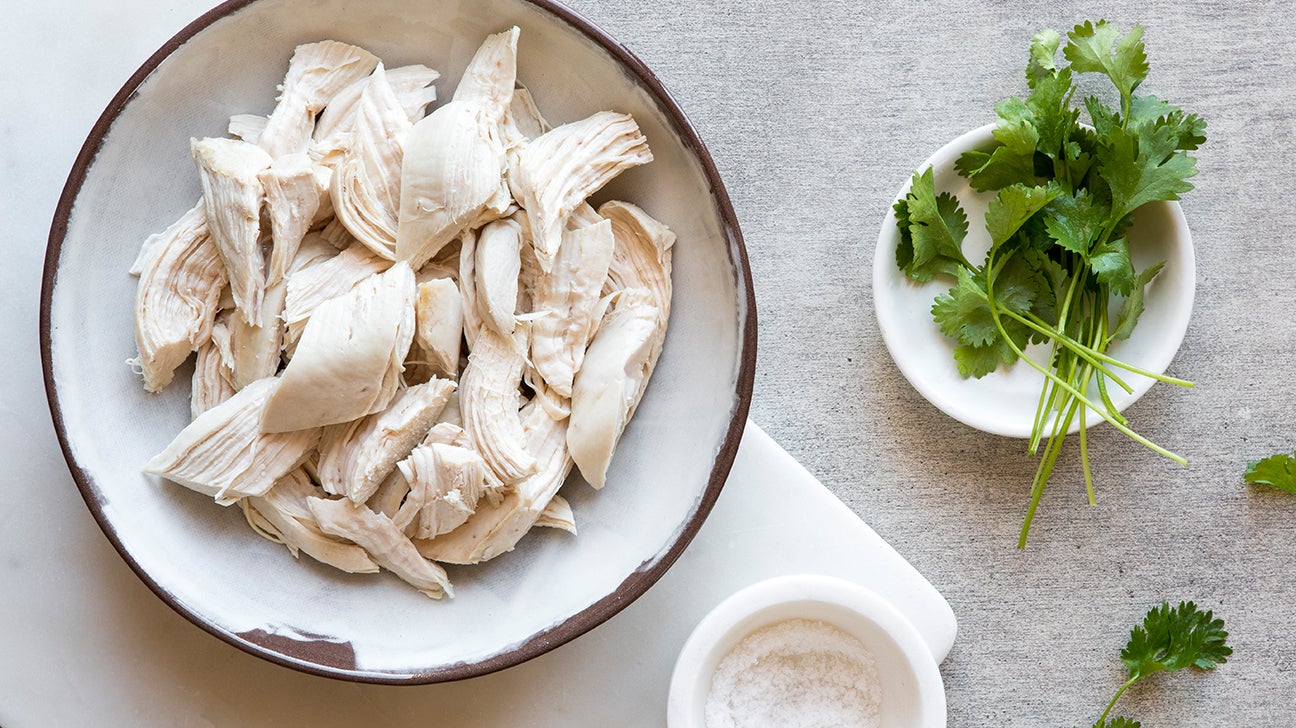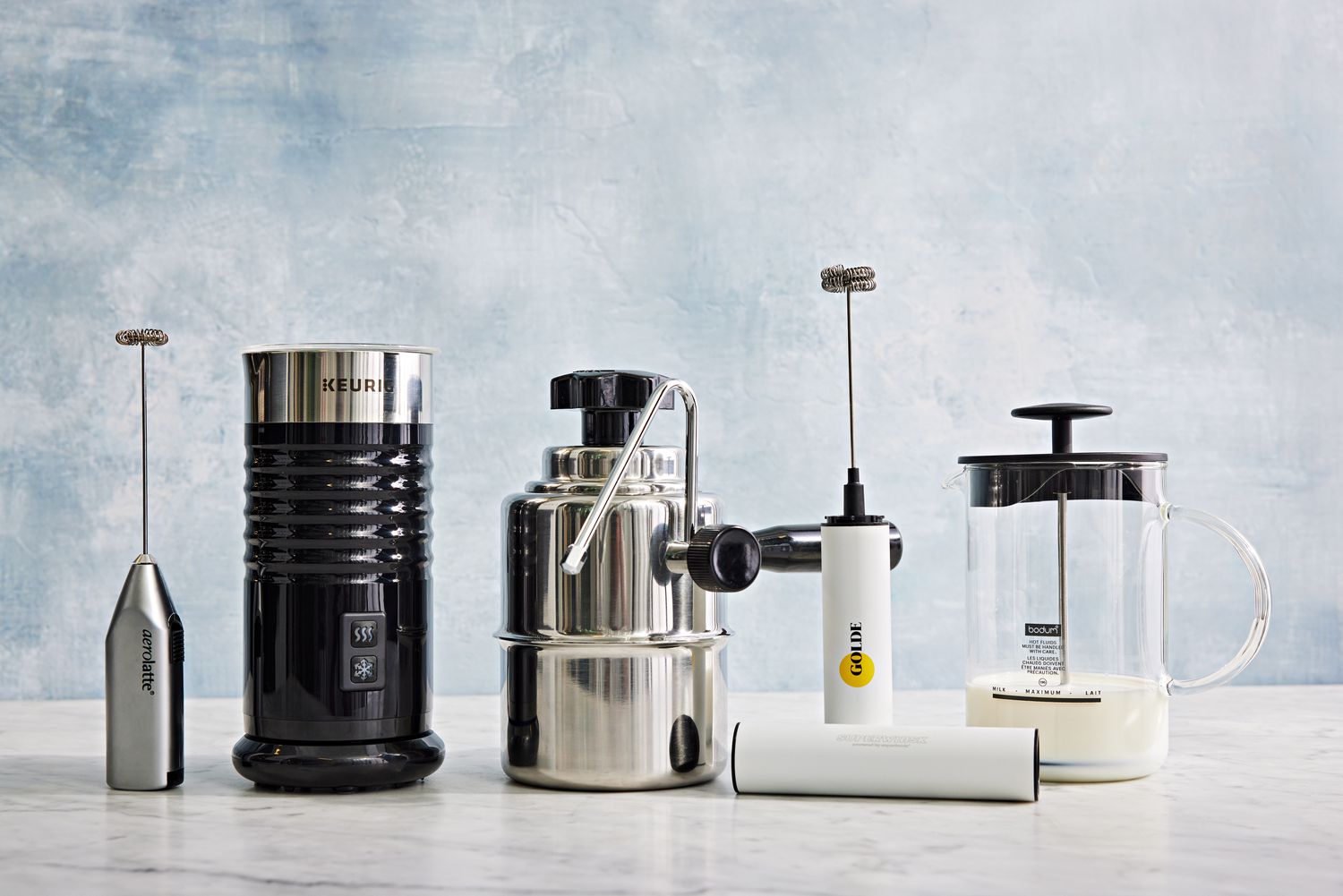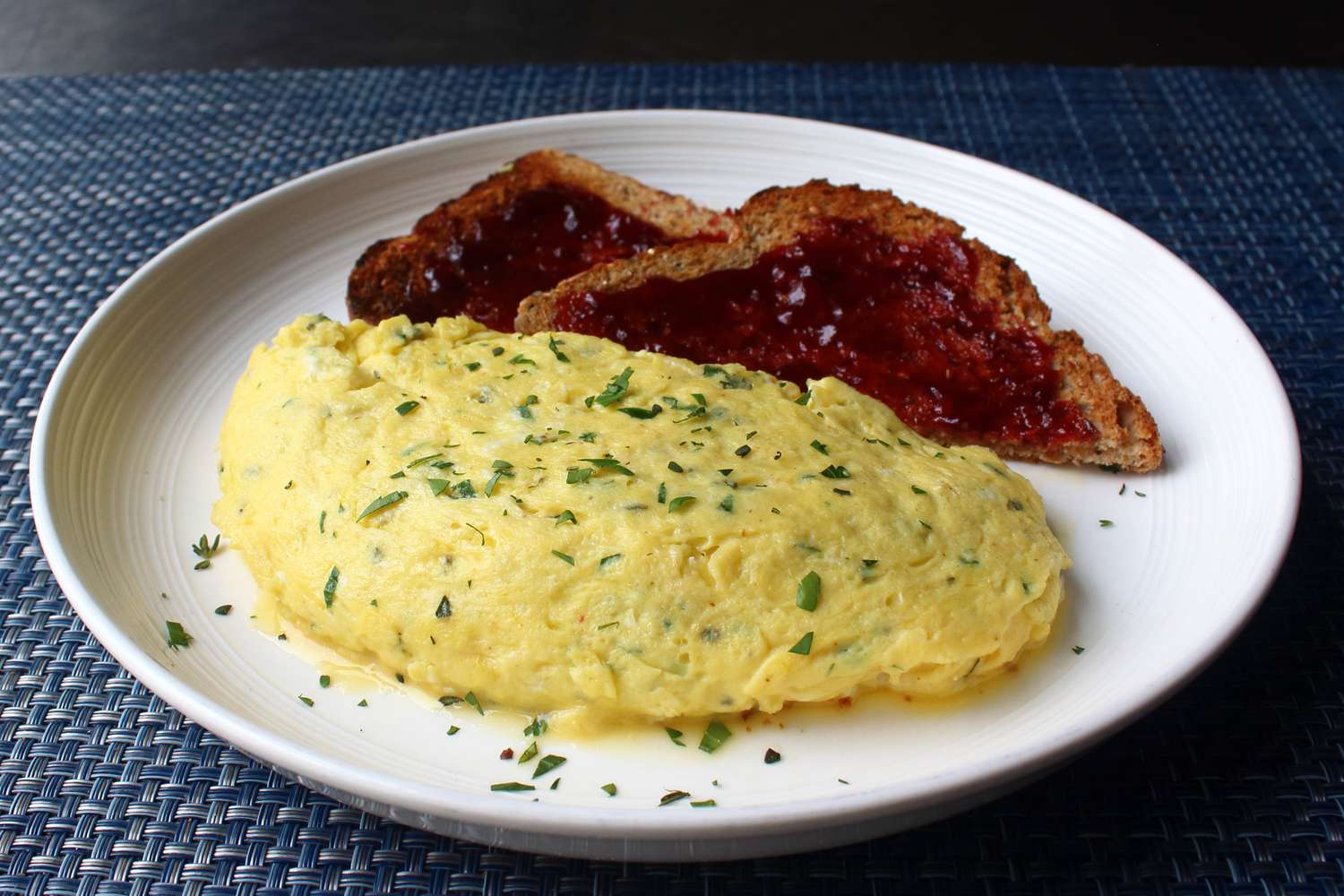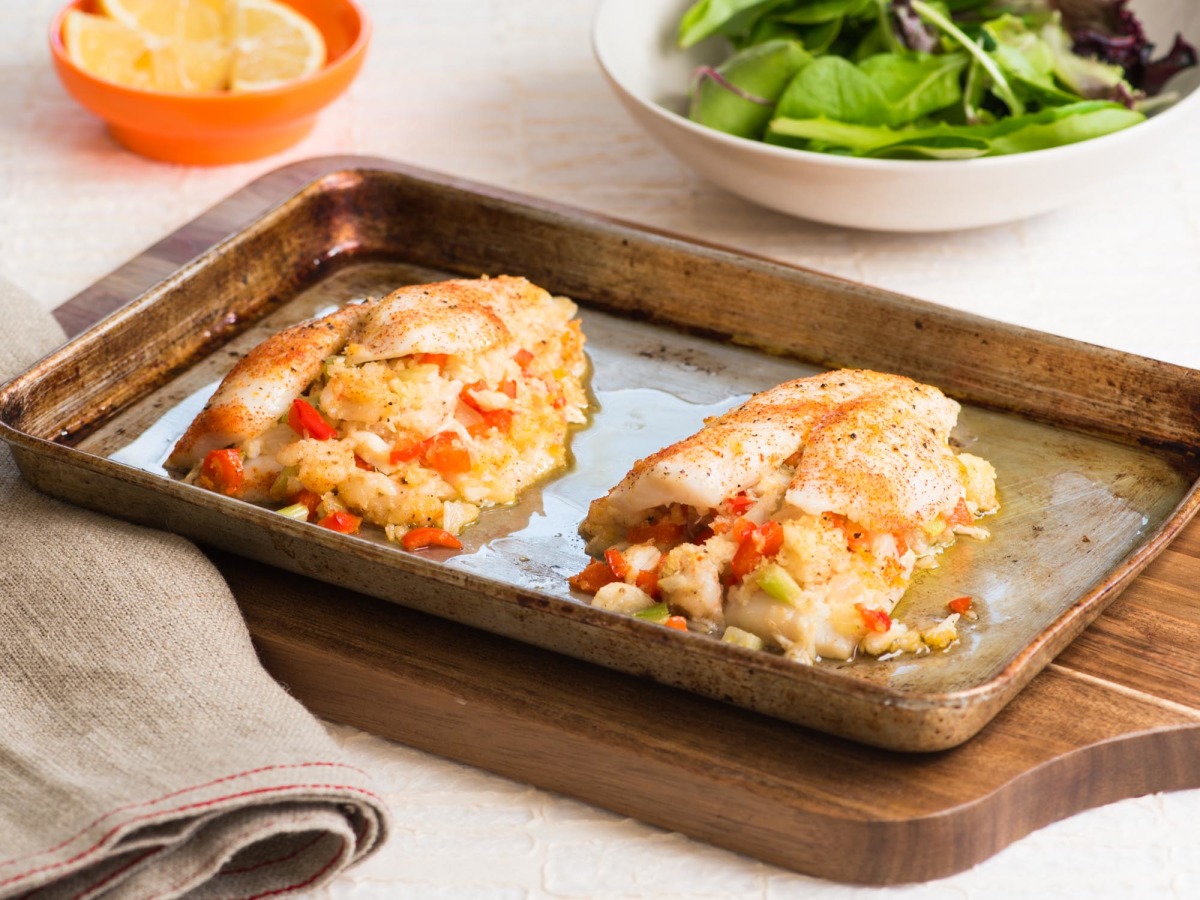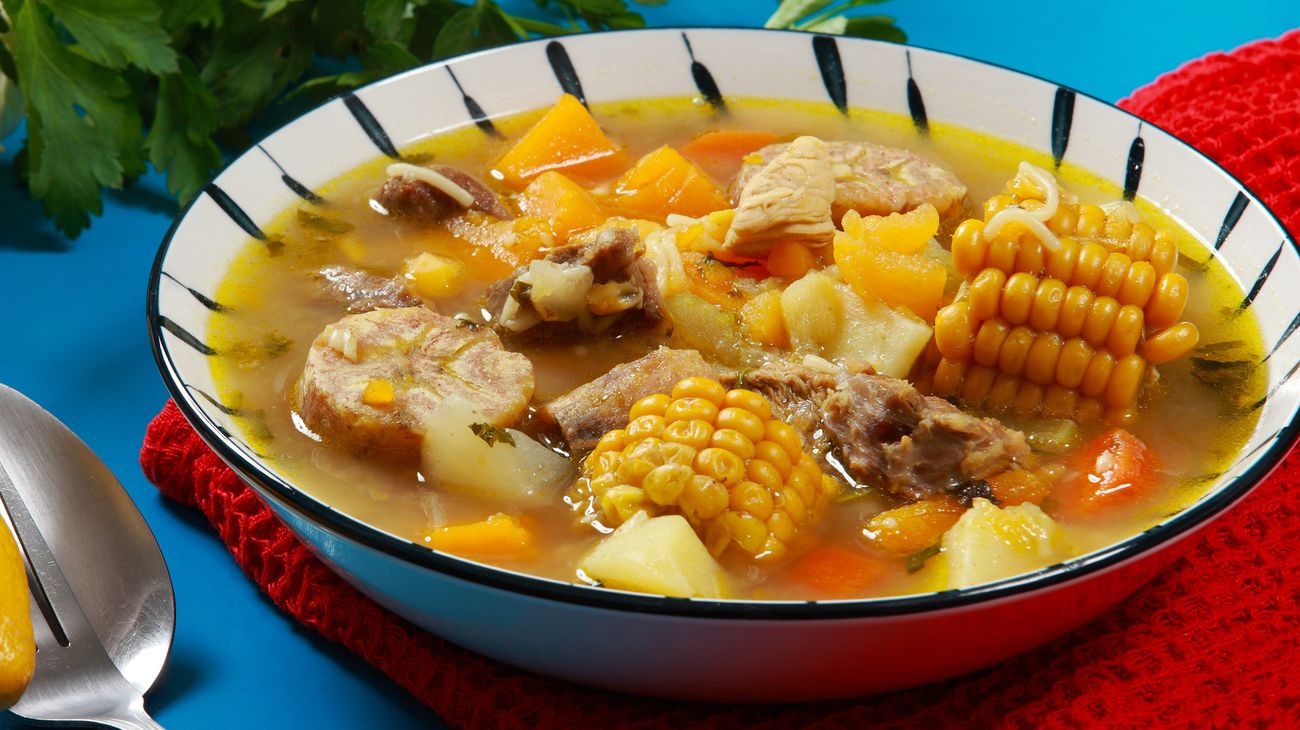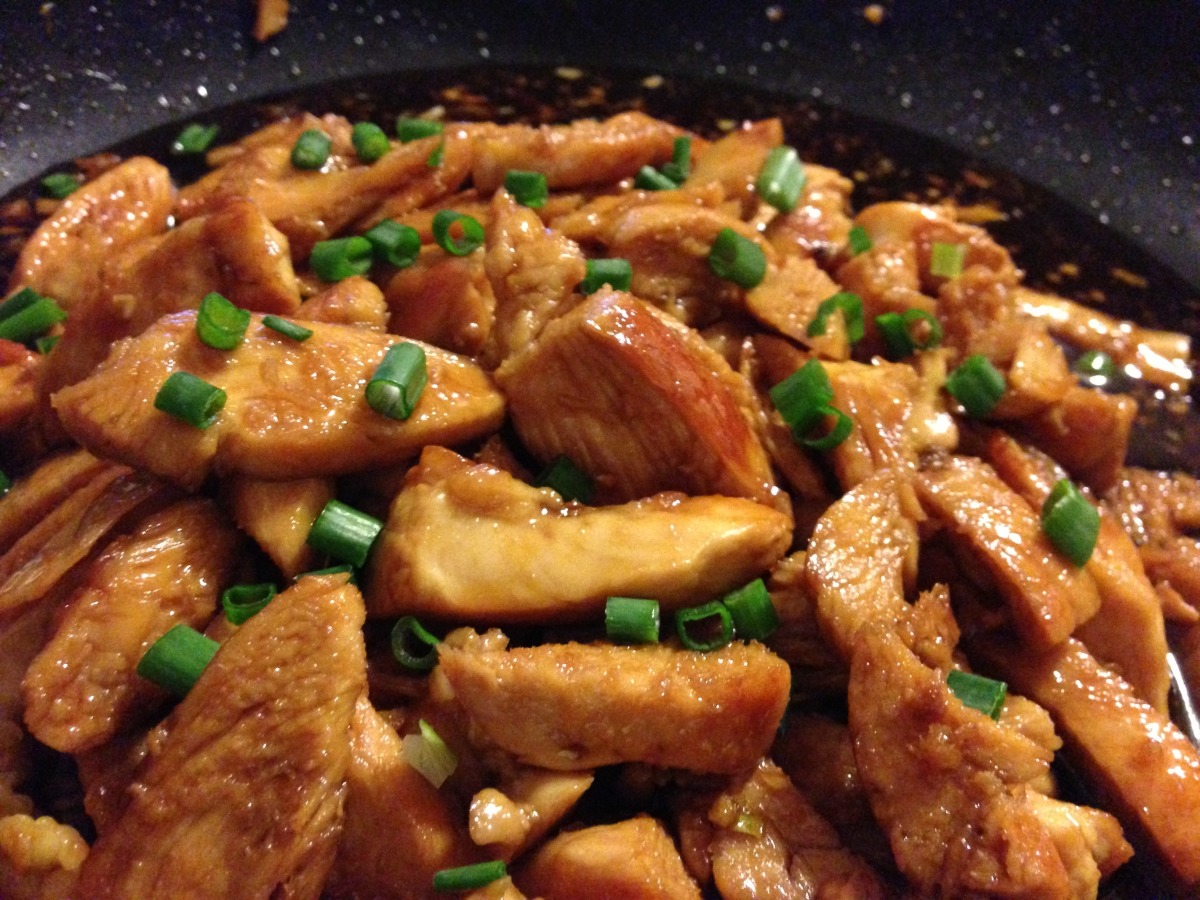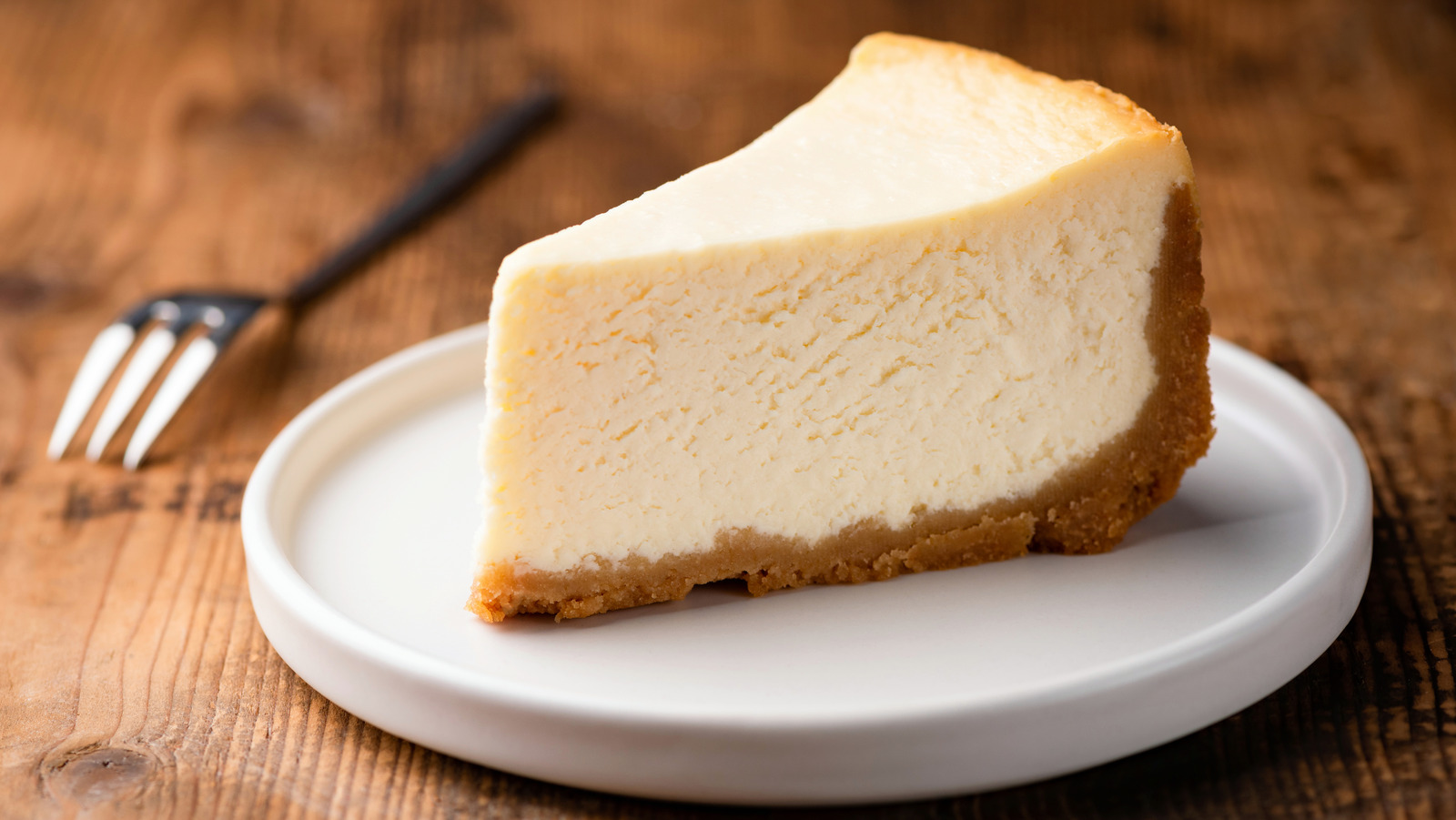The Perfect Pair: Pesto and Pasta
When it comes to Italian cuisine, few dishes are as beloved as pesto pasta. The vibrant green sauce, made from fresh basil, pine nuts, garlic, Parmesan cheese, and olive oil, is a flavorful and aromatic complement to a variety of pasta shapes. But with so many options to choose from, you might be wondering: what is the best pasta for pesto?
While personal preference certainly plays a role, there are certain pasta shapes that are particularly well-suited for pesto. Let’s explore some of the top contenders:
1. Linguine
Linguine, with its long, flat shape, is an excellent choice for pesto. The broad surface area of linguine allows the sauce to cling to the pasta, ensuring that each bite is packed with flavor. The smooth texture of linguine also provides a pleasing contrast to the slightly chunky consistency of the pesto sauce.
2. Penne
For those who prefer a more substantial pasta shape, penne is an ideal option. The hollow center of penne captures the pesto, creating little pockets of sauce in every bite. The ridges on the exterior of penne also help to hold the sauce, making each mouthful a delightful blend of pasta and pesto.
3. Farfalle
Known for its distinctive bow-tie shape, farfalle is a charming choice for serving pesto. The wide, flat surface of farfalle provides ample space for the pesto to coat the pasta, while the unique shape adds visual interest to the dish. Farfalle’s ability to hold the sauce makes it a popular option for pesto lovers.
4. Orecchiette
Orecchiette, which translates to “little ears” in Italian, is a small, concave pasta shape that is well-suited for capturing and holding sauces. The cup-like structure of orecchiette makes it perfect for cradling the rich, creamy texture of pesto, ensuring that each bite is bursting with flavor.
Ultimately, the best pasta for pesto comes down to personal preference. Whether you prefer the long strands of linguine, the hearty bite of penne, the whimsical shape of farfalle, or the sauce-holding prowess of orecchiette, there’s no wrong choice when it comes to pairing pasta with pesto. So, the next time you’re craving a taste of Italy, consider experimenting with different pasta shapes to discover your perfect pesto pairing.
Whichever pasta shape you choose, one thing is certain: when combined with the vibrant flavors of homemade pesto, it’s bound to be a match made in culinary heaven.
Was this page helpful?
Read Next: What Is The Difference Between Ham Vs. Pork
